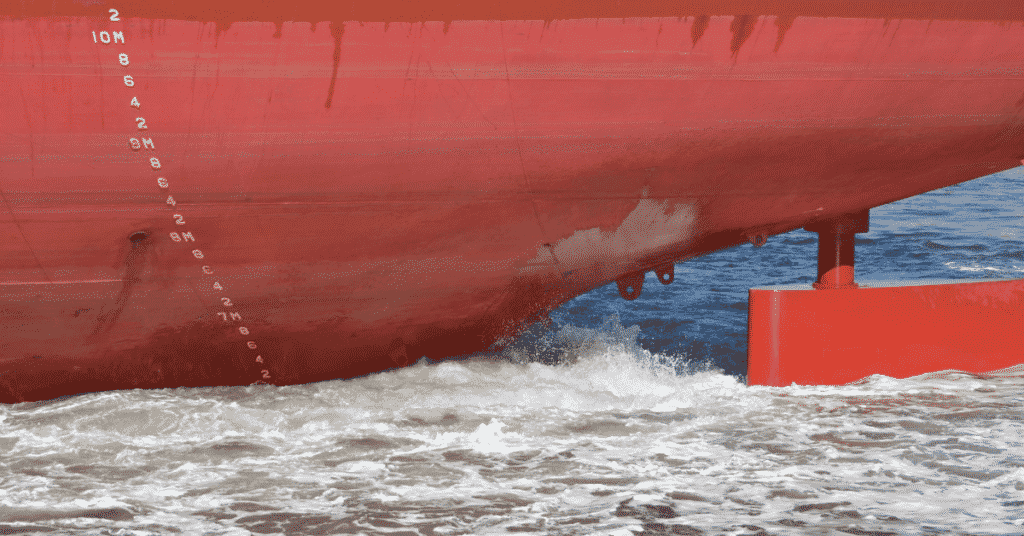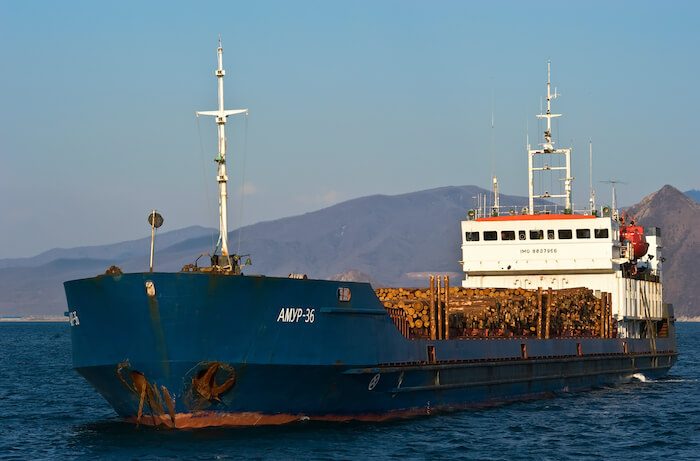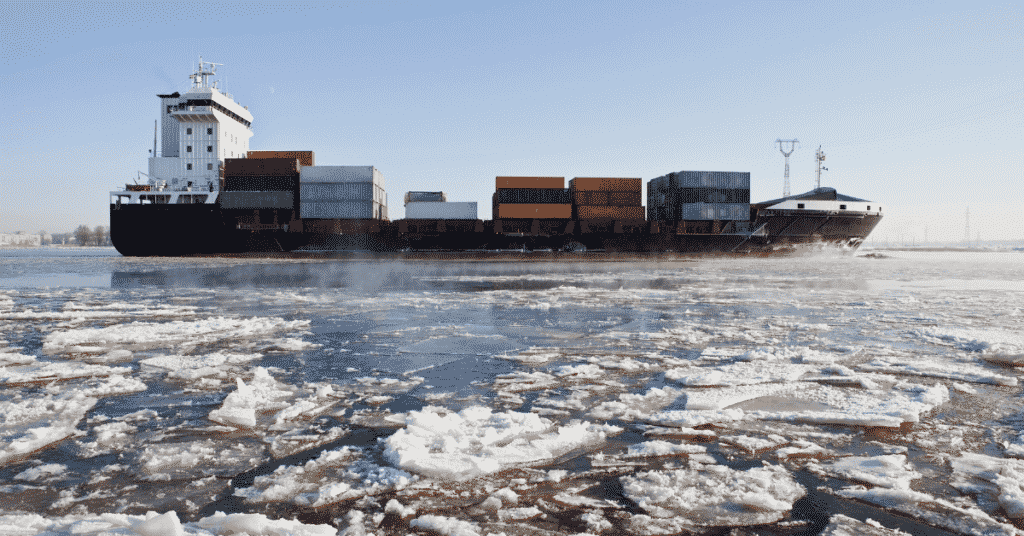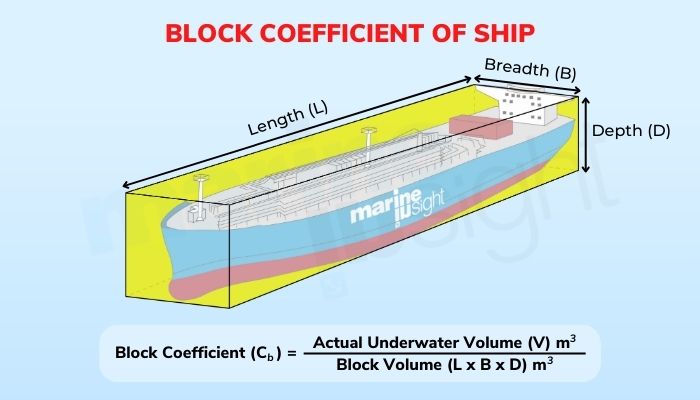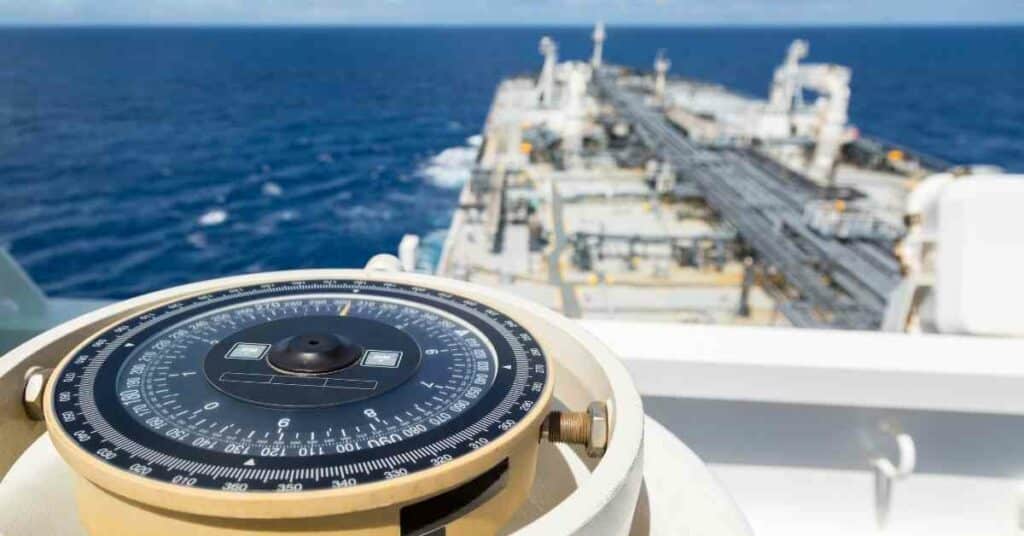Understanding “Making Way” And “Underway” Nautical Terms
This short article will briefly discuss an interesting topic: “Making Way v/s Underway.”
When describing vessels in water, we often say things like, “Look! The trawler is making its way near that bridge.”; “My uncle is presently underway through the Suez Canal on his tanker.”
Though these two terms sound very similar and are often interchangeably used by nine out of ten people, there is a significant difference.
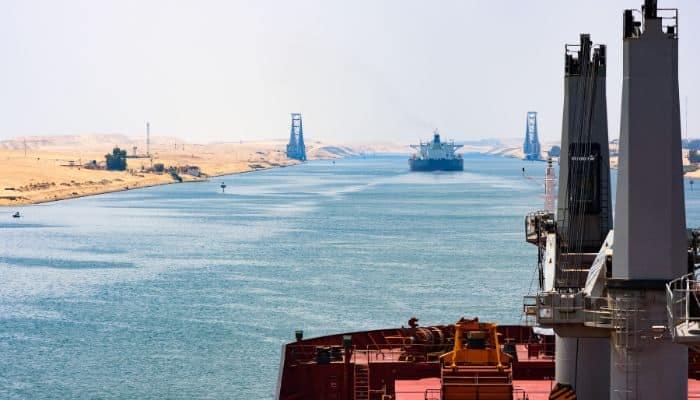
Underway essentially means that the vessel’s speed relative to the water is zero or very low. Note the word “relative” carefully. However, just because the vessel’s speed is zero or low does not mean that the vessel is anchored, moored or stationed somewhere.
This is the second condition encompassing underway that states that the vessel needs to be necessarily free in all degrees of motion and ready to move or run adrift.
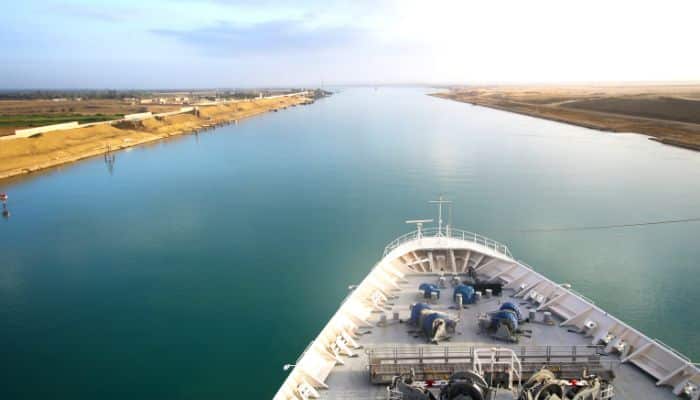
Now, consider the following simplest situation. A vessel is simply standing somewhere in the sea during idle time. It is not moored or anchored. However, the engines are not running, and the vessel is ideally stationary with respect to the water. This is a classic example of a vessel being underway.
Suppose in the above example, the vessel just starts its engines and tends to move at very low speeds. The speed is so low that the rudder action, which in turn is influenced by the hydrodynamic effects of flow, is rendered ineffective in changing course. What happens? She is still underway.
The reason was very low speeds, so the vessel could not use its power to change course. Thus, it is still underway irrespective of whether the vessel has the engine power supply on or not if its speed is insufficient relative to water.
Likewise, when a vessel is approaching a harbour or port and has shut off its engines, leading to very low relative speeds, it is still underway.
Now, consider a slightly complicated scenario. A river vessel is sailing downstream a river with very high current streams leading to a speed of more than 5 knots. Due to this inherently imposed speed, the vessel’s main engine is off, and it is just moving along with the flow.
What is this situation? It is again a condition of underway as the vessel’s speed relative to water is zero, notwithstanding the fact that it is moving at a good speed with respect to an observer on land.
Making way is just the complement of underway. When a vessel has considerable inherent speed relative to the water, it makes way. For all practical purposes, this means that the vessel is aided by some mode of propulsion or at least has some inherent high speeds. All ships sailing full steam and en route to their destination through deep seas are essentially making way.
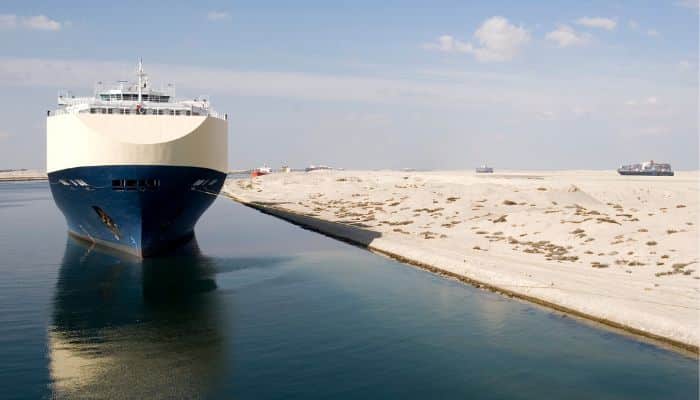
Now, consider this situation. A vessel is approaching a port. The main engines are shut off, and the ship is still heading at some decent values of speed. This is again an instance of making way since the relative speed of the vessel is quite significant, and the vessel can change course easily at these speeds even though the power supply is absent.
Lastly, consider this trickier situation. A high-speed river craft is sailing upstream against high flows due to rough conditions. Even with the engine operating at full rated power, the vessel cannot make much progress against the flow.
Suppose the rate of flow is about 9 knots and the current power supplied by the engine is capable of speeding the vessel about 10 knots (in calm waters); the effective velocity is hardly a knot. Hence, due to the very low effective speeds, the vessel, with respect to an observer on the ground, is almost stationary or moving very slowly.
However, it is making way! Why? The answer is the imparted velocity of the vessel relative to the flow velocity. Hence, if the flow velocity is -9 Knots and the vessel’s surge velocity is, say, about +9.5 Knots, that’s still 9.5 knots with respect to the water even though from land, it is near zero.
You might also like to read-
- What is Fendering?
- What Are Cardinal Marks?
- What are Sea Water Marks And Safe Water Marks?
- Effects Of Wind On Ship Handling
- What are Lubber Lines?
Do you have info to share with us ? Suggest a correction

About Author
Subhodeep is a Naval Architecture and Ocean Engineering graduate. Interested in the intricacies of marine structures and goal-based design aspects, he is dedicated to sharing and propagation of common technical knowledge within this sector, which, at this very moment, requires a turnabout to flourish back to its old glory.
Latest Naval Arch Articles You Would Like:
Subscribe To Our Newsletters
By subscribing, you agree to our Privacy Policy and may receive occasional deal communications; you can unsubscribe anytime.










